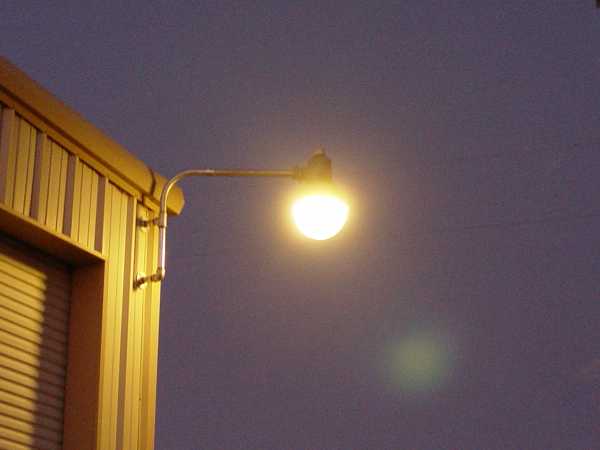Concepts for repurposing
|
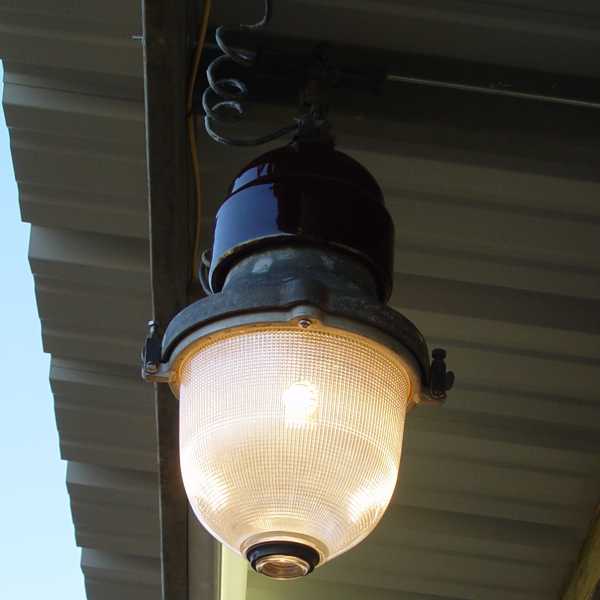
|
|
Please note:
This feature is a continuation from Part One in which the context of this discussion is explained. |
| Wiring Considerations |
|
There are a number of things to consider with respect to choosing a vintage lamp to repurpose and appropriate wiring when installing a vintage street lamp for security or area lighting. Among them are:
So we'll discuss the various types of lamps and how they can be adapted, if necessary. Series street lamps are designed to run on high-voltage series circuits. Nearly all are equipped with film cutouts to pass current in the event a lamp burns out. (A few older ones used autotransformers for the same purpose.) The lamp sockets will accept 110 volt bulbs but the luminare will want to "short circuit" when the lamp burns out. Ergo a modification will likely to be made to safely operate the lamp on house current. Luminaires having removable "Jones" sockets will typically have a film disc cutout separating the blades at the base of the socket. The film disc cutout will need to be replaced with an appropriate piece of insulating material. (Please see How to Safely Wire a High Voltage Series Street Light for 110 Volt Use.)
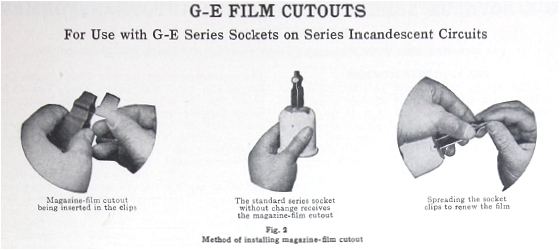
Luminaires having autotransformers will generally simply need to have the autotransformer disconnected from the circuit and the lead-in conductors connected directly to the lamp socket.
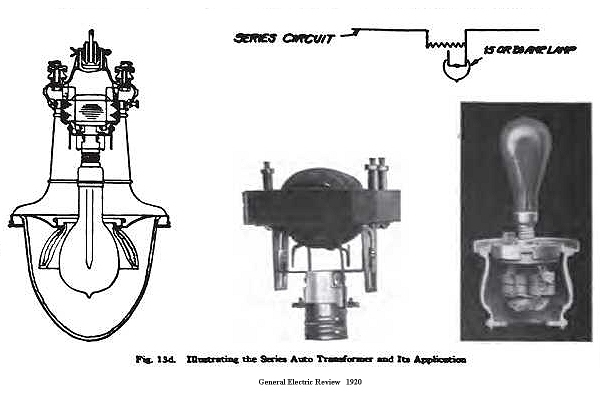
More details to help you understand series street lights can be found at Understanding Series Street Lights. Multiple Street Lamps generally operated at 110 to 120 volts on a circuit that was controlled at a central point, typically by means of a tube type photoelectric control that looked similar to an electric meter. Because of line loss at low voltages, these circuits tended to serve a modest number of lamps in a relatively close area. Multiple lamps are generally easy to use for security or area lighting since they were designed for "house current." More details to help you understand multiple street lights can be found at Understanding Multiple Street Lights. Both series and multiple street lights will require some external form of photoelectric control for dusk to dawn operation. Single Street Lamps, as their name implies, are designed to operate independently and have their own photoelectric controls that are typically removable devices that plug into a twist-lock receptacle on the crown of the lamp. If your intent is to use the lamp for dusk to dawn operation, or even if manually controlled, not have the lamp operate during daylight hours, the photoelectric control will need to be included in the circuit. The typical wiring configuration is:
Depending on the make and vintage of the photoelectric control, the lamp may burn for a few seconds when powered up during daylight before switching off for the day, or the control may switch it off relatively instantly. More details to help you understand single street lights and photoelectric controls can be found at Understanding Single Street Lights. Other Wiring Considerations. In older luminaires, aged fabric coated wire should most likely be replaced with contemporary UL wiring of an appropriate wire gauge. If it is important to maintain an authentic look, replica fabric coated wire can be obtained through such vendors as Radio Daze. Most multiple and single street lamps are configured for the wiring to be provided through the bracket arm and slip fitter. Some multiple circuit lamps that were originally span wired will likely have a bushing for external wiring. Both can be wired through the bracket arm however the bushing should be plugged with putty to prevent insects from invading the luminaire. Series lamps may be wired through a bracket arm or be "open wired" with external connecting lugs. Caution should be exercised to prevent the energized lugs of open wired lamps from being located where they could be touched or come in contact with other objects. |
Series lamp with external wiring lugs
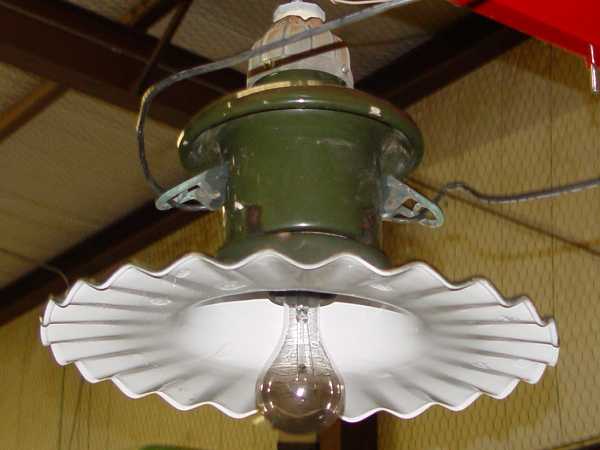
Multiple lamp with wall mounted photoelectric control
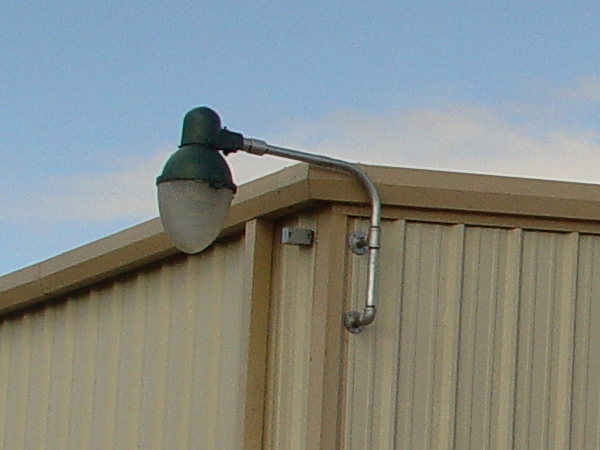
Single lamp with twist-lock photoelectric control
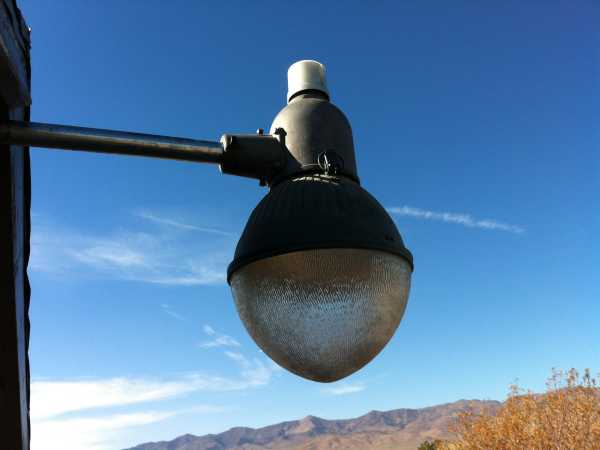
| Some early series lamps can be wired either through the bracket arm or externally. Those luminaires having external lugs could still have those lug energized. Be careful if external lugs are intrinsically part of the lamp's internal circuitry. |
This GE Form 46 can be wired internally or externally and has no energized outside lugs.
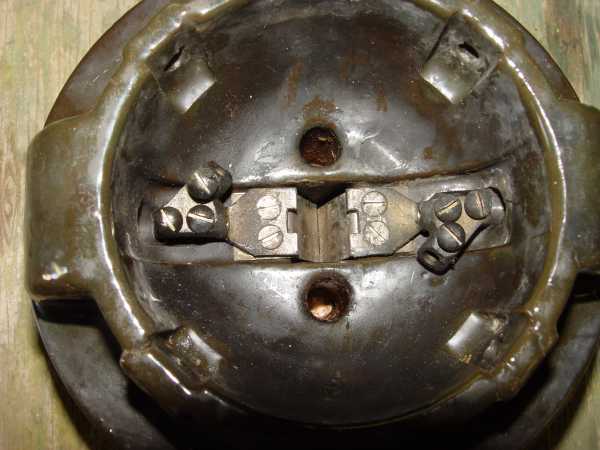
| If in doubt, a standard porcelain or bakelite socket can be mounted over the Jones receptacle with wiring directly connected to the new socket. |
Ordinary socket mounted over the Jones receptacle
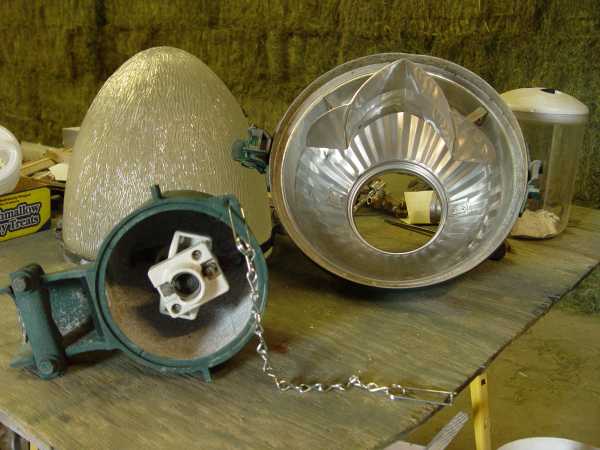
|
Please note! When adapting any vintage luminaire for repurposing, be sure to use common sense and follow appropriate electrical codes for your planned use and installation. I have presented some suggestions. If in doubt, consult with a qualified electrician before making an installation.
This feature addresses repurposing vintage street lamps for area lighting. A discussion on preserving vintage street lamps for roadway lighting is presented in Preserving Historic Street Lights. Additionally, there are a number of issues to consider when preserving and/or repurposing vintage lamps for parking lot and roadway use including economy and roadway safety. There have been a number of relevant studies published regarding driver response to intensity and colors. Links to several of these reports can be found in the Street Light History Section. |
Return to Part Two
Return to Part One
